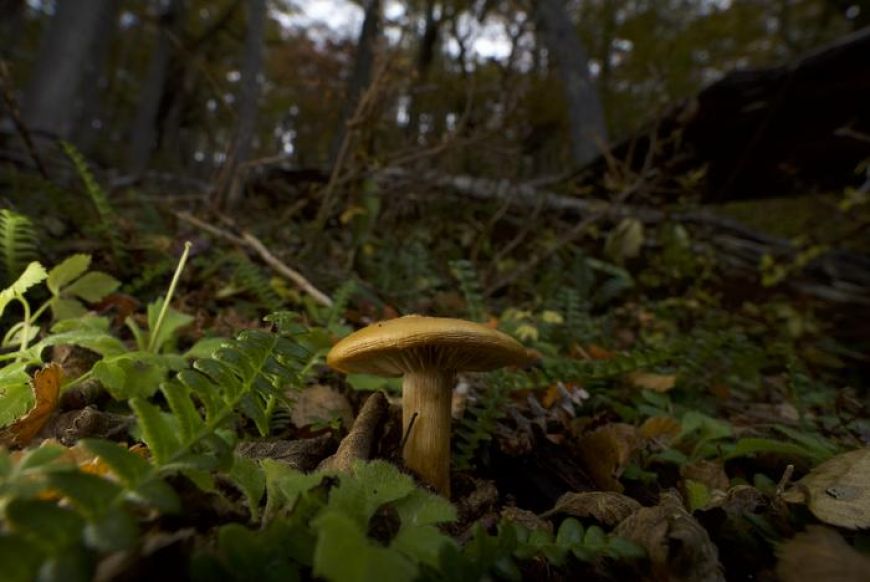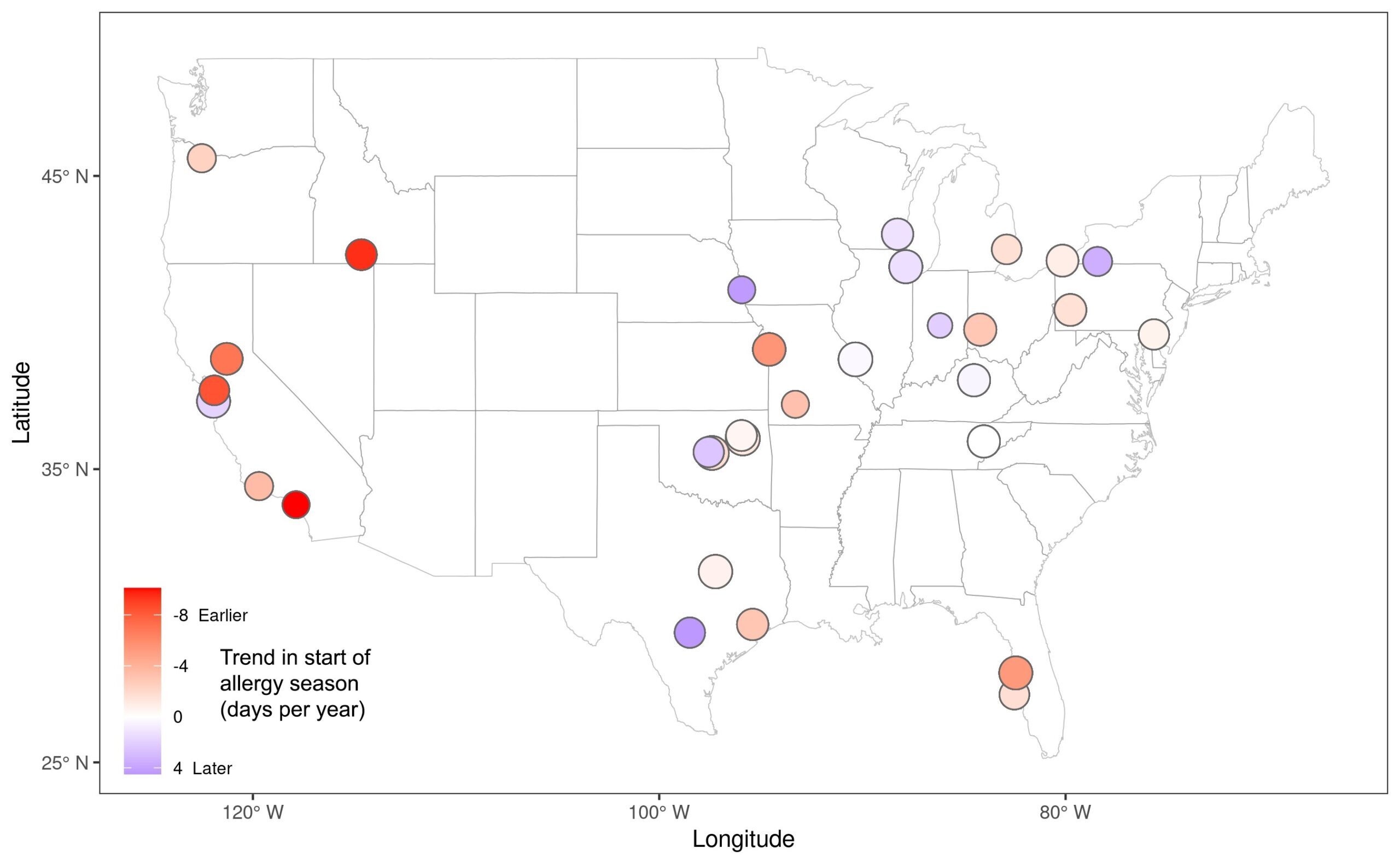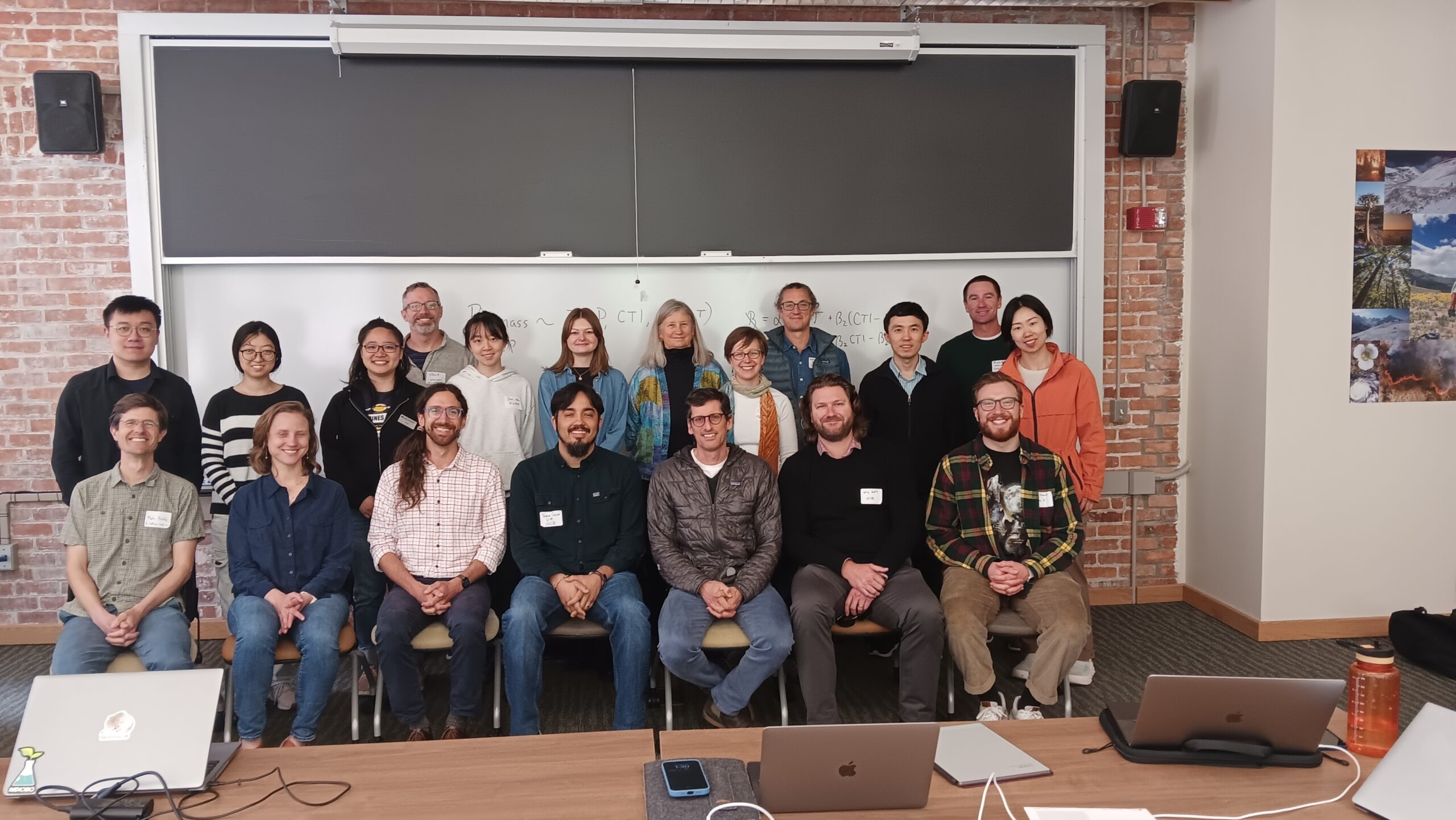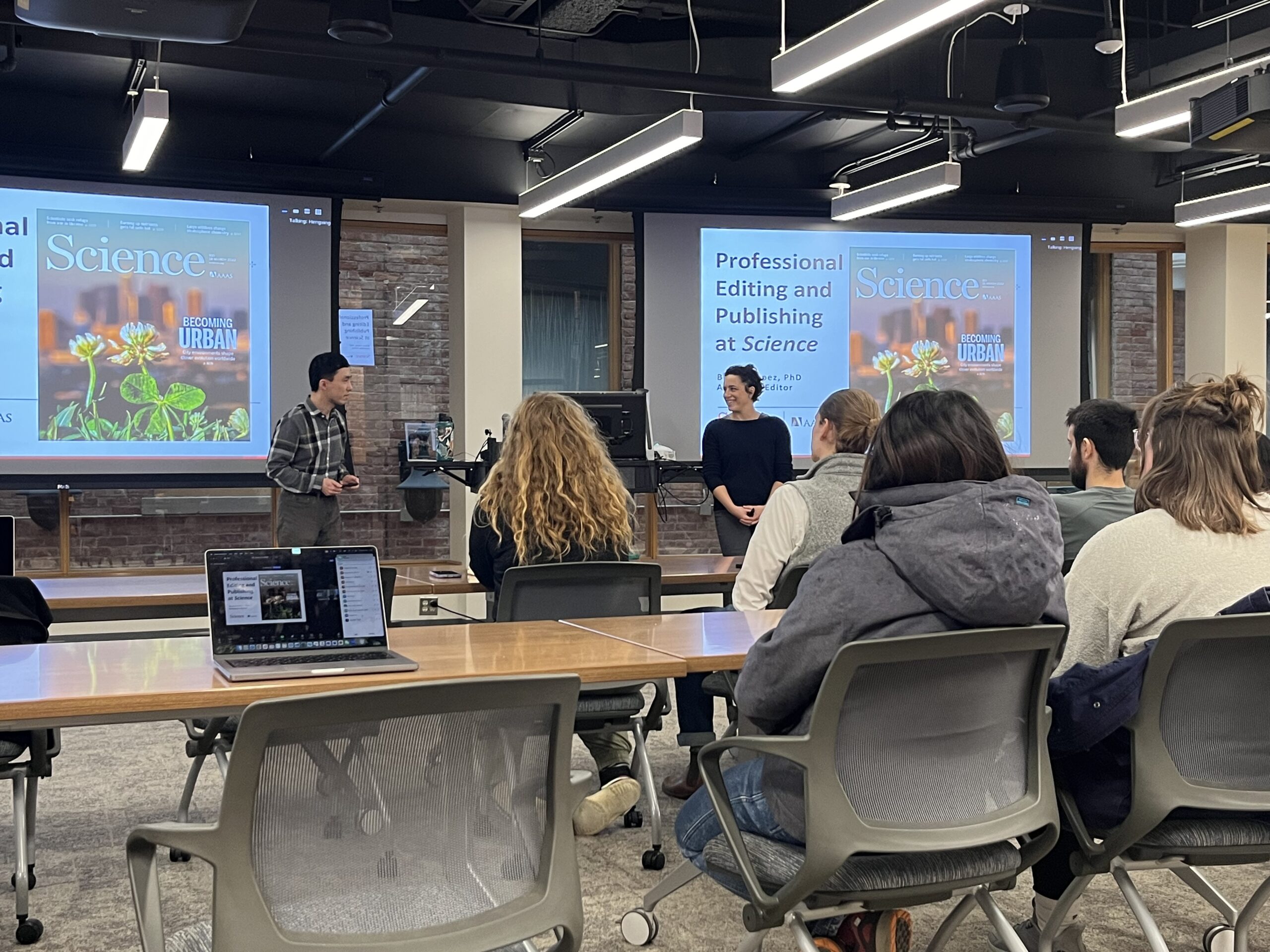Study shows climate change is moving tree populations away from the soil fungi that sustain them
Most plants form belowground partnerships with mycorrhizal fungi, microscopic, filamentous fungi that grow in the soil and connect with plant roots to supply plants with critical nutrients in exchange for carbon. Most large coniferous trees in northern latitudes form relationships with a kind of mycorrhizal fungi called ectomycorrhizal fungi.
“Imagine trees and fungi as long-time dance partners who’ve been in step with each other, each providing what the other needs. But now, because of climate change, the music’s changing and their usual dance floor is disappearing,” said study co-author Kai Zhu, an ecologist at the Institute for Global Change Biology at the University of Michigan School for Environment and Sustainability.
“Some trees can’t meet their fungal partners at their new address. This could prevent new forests from growing where they are needed.
“In this new study, we’ve gone on a journey into the earth, using cutting-edge data science to map out these hidden fungal networks below,” Zhu added. “What we’ve found is concerning—as trees seek new grounds, some of the right fungi aren’t in the new places, leaving trees stranded.”
The mismatch between trees and their fungal partners isn’t just a problem for forests, noted Zhu. It affects everything that depends on forests for fresh air, clean water, and soaking up carbon from the atmosphere. To conserve these natural resources for future generations, he said, we must understand and protect these essential yet hidden partnerships between trees and soil fungi.
This research was funded by a National Science Foundation grant awarded to Kai Zhu and Kabir Peay.








